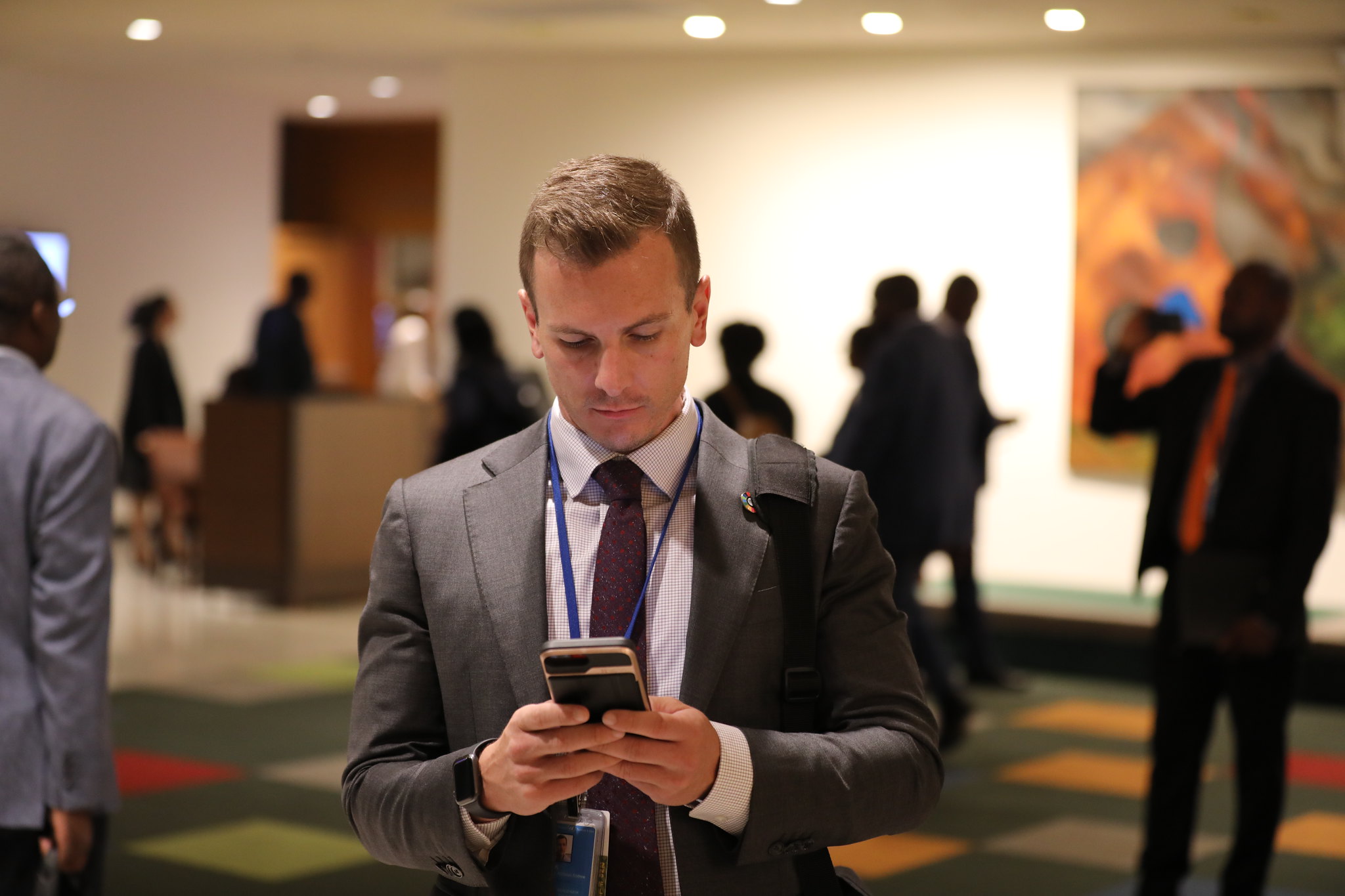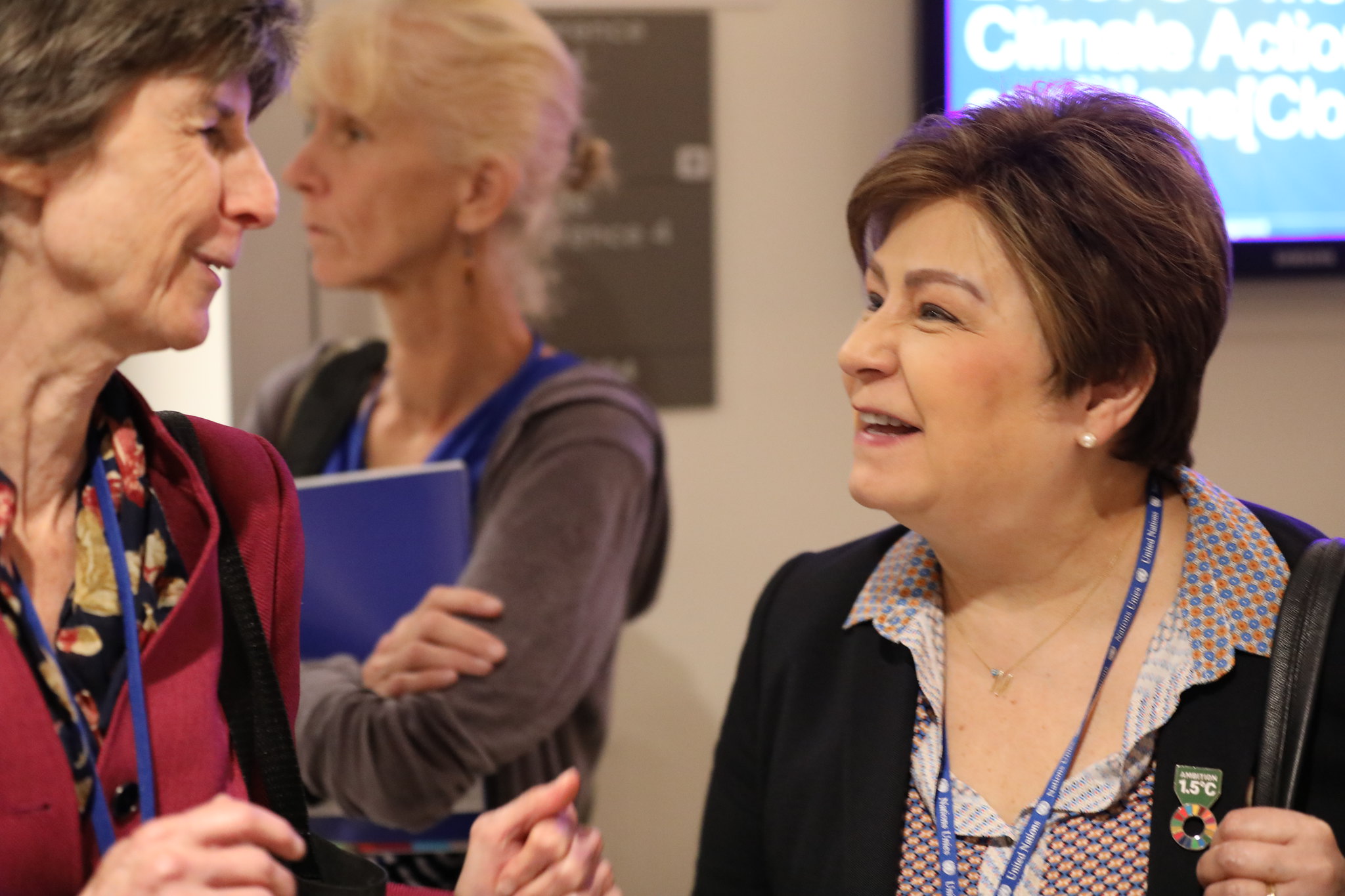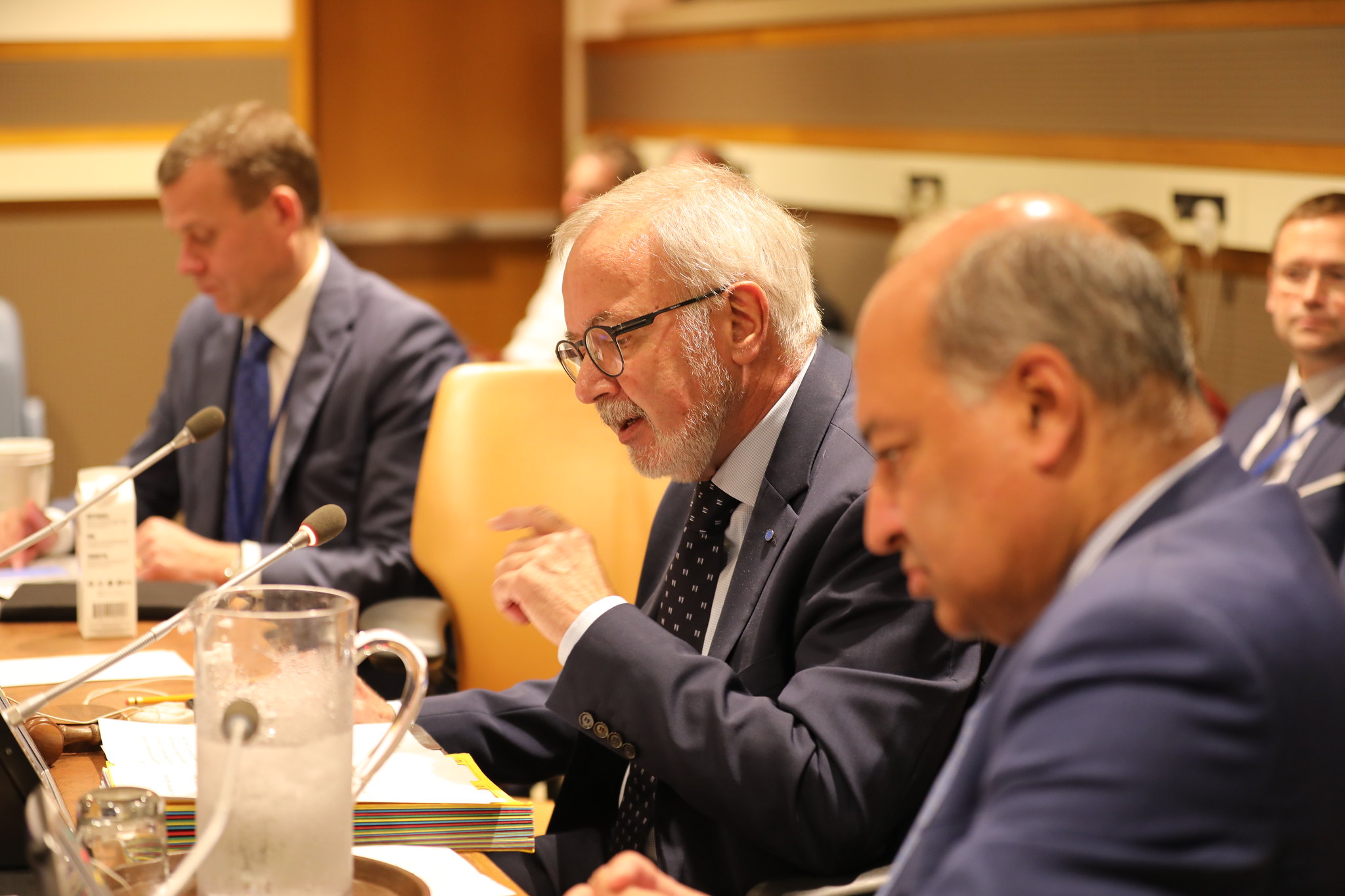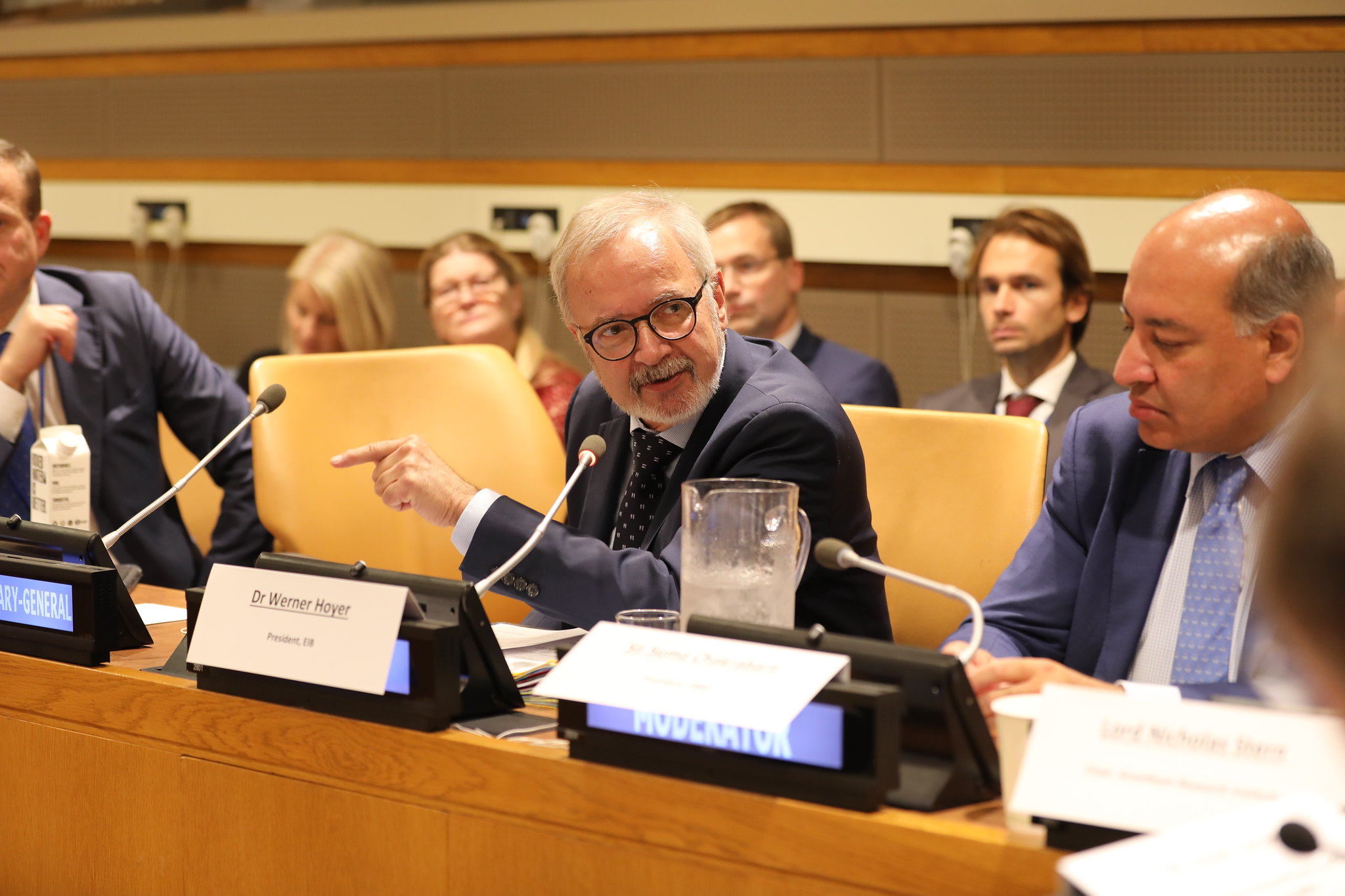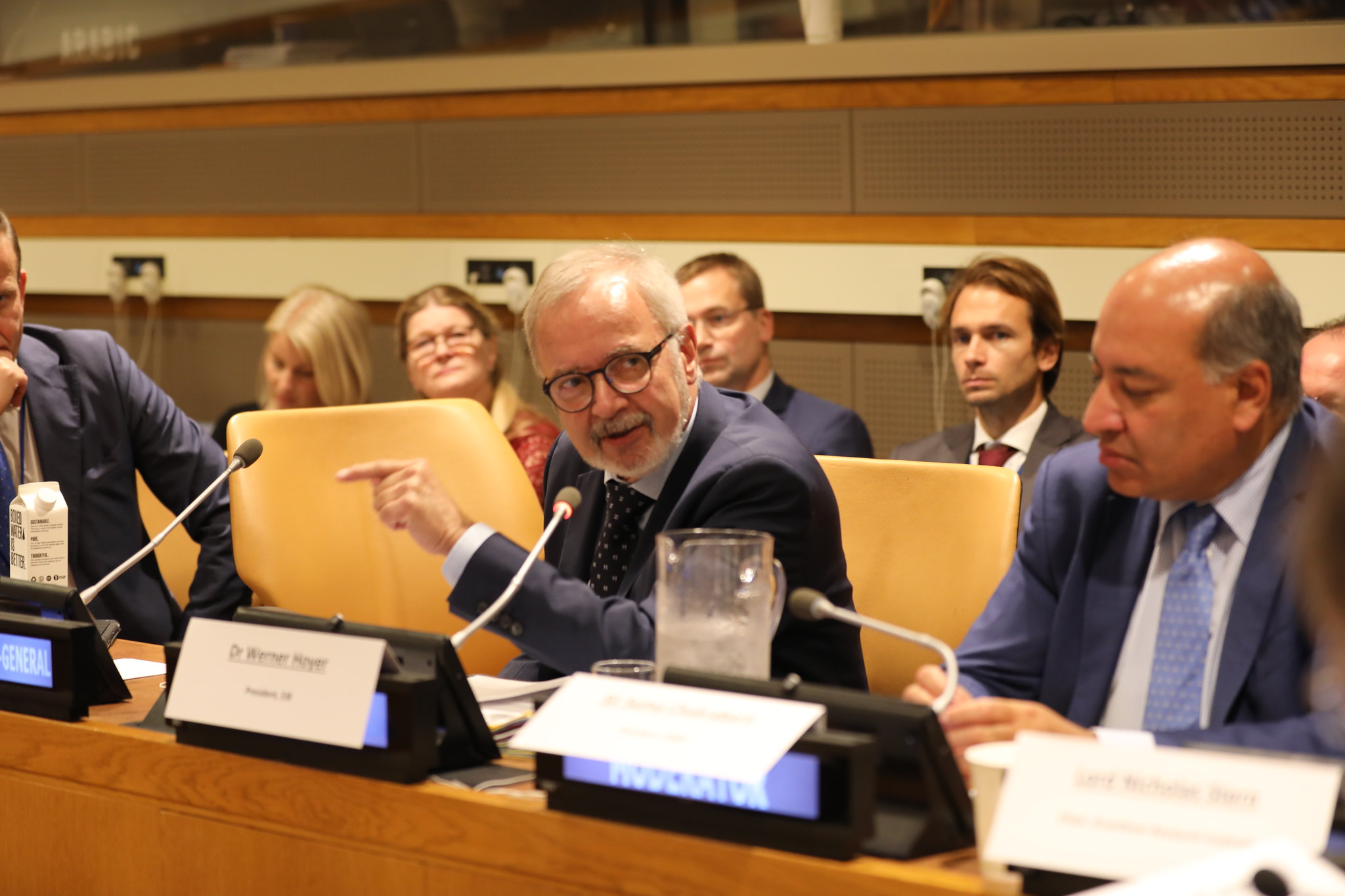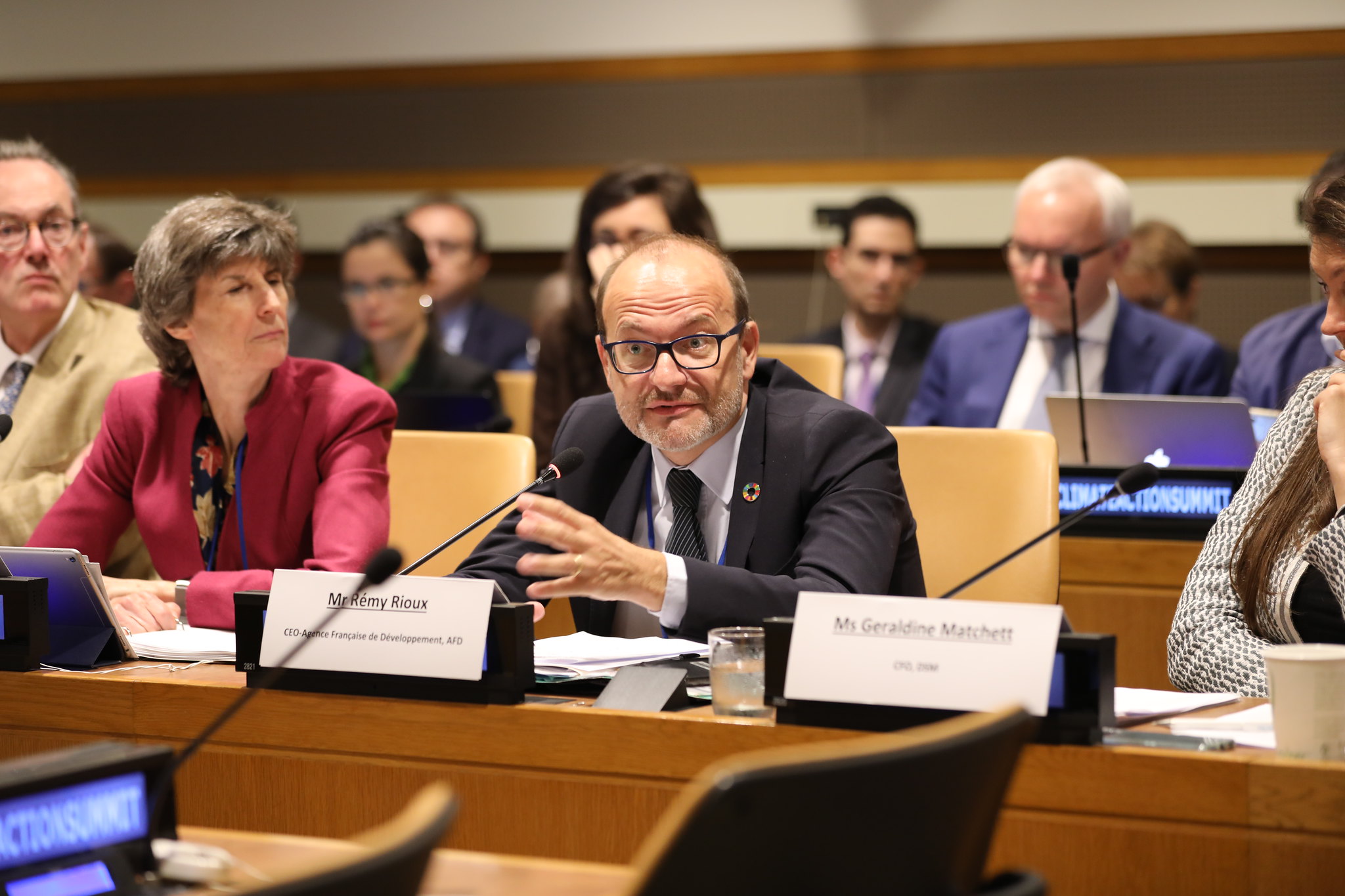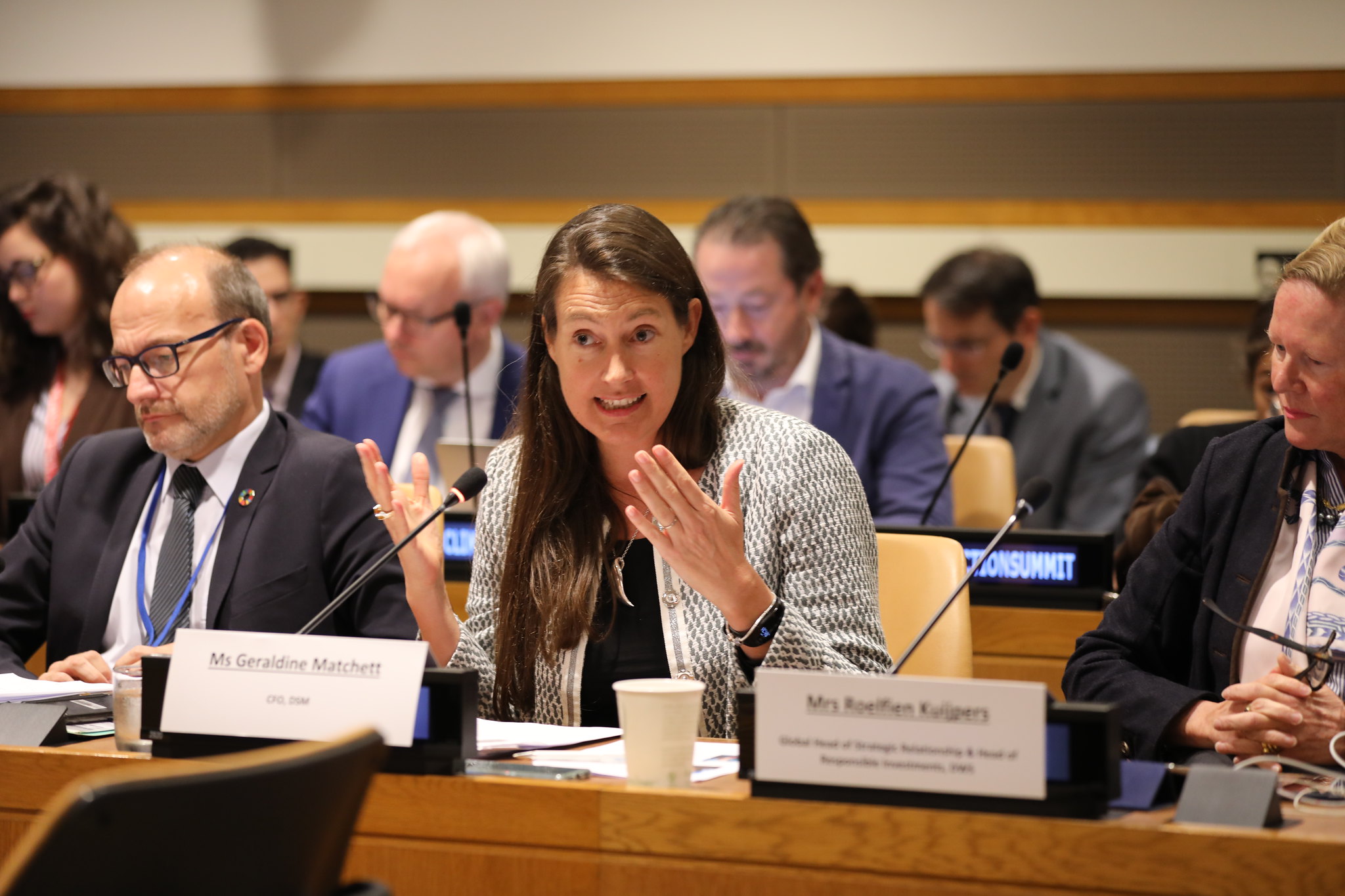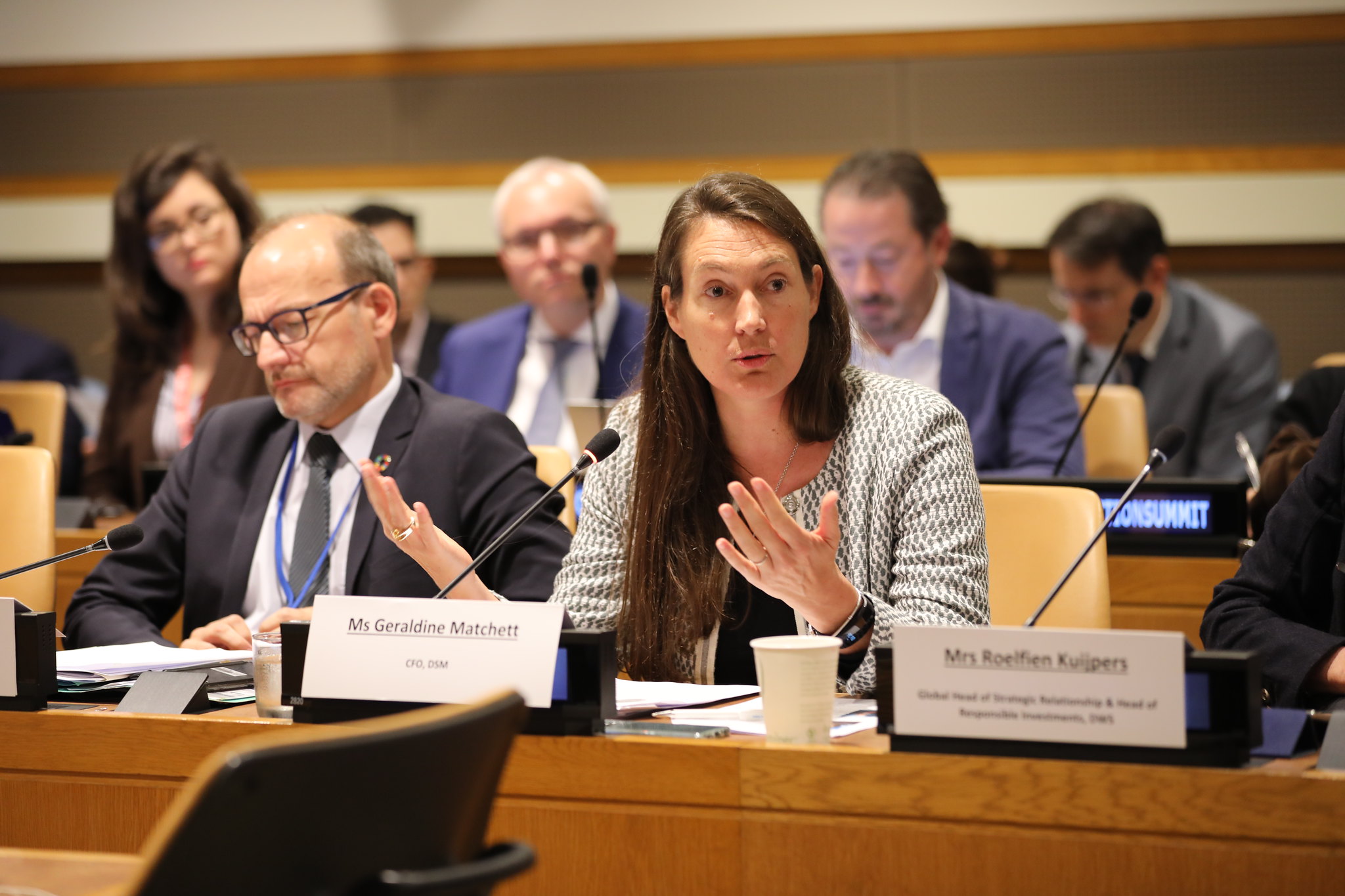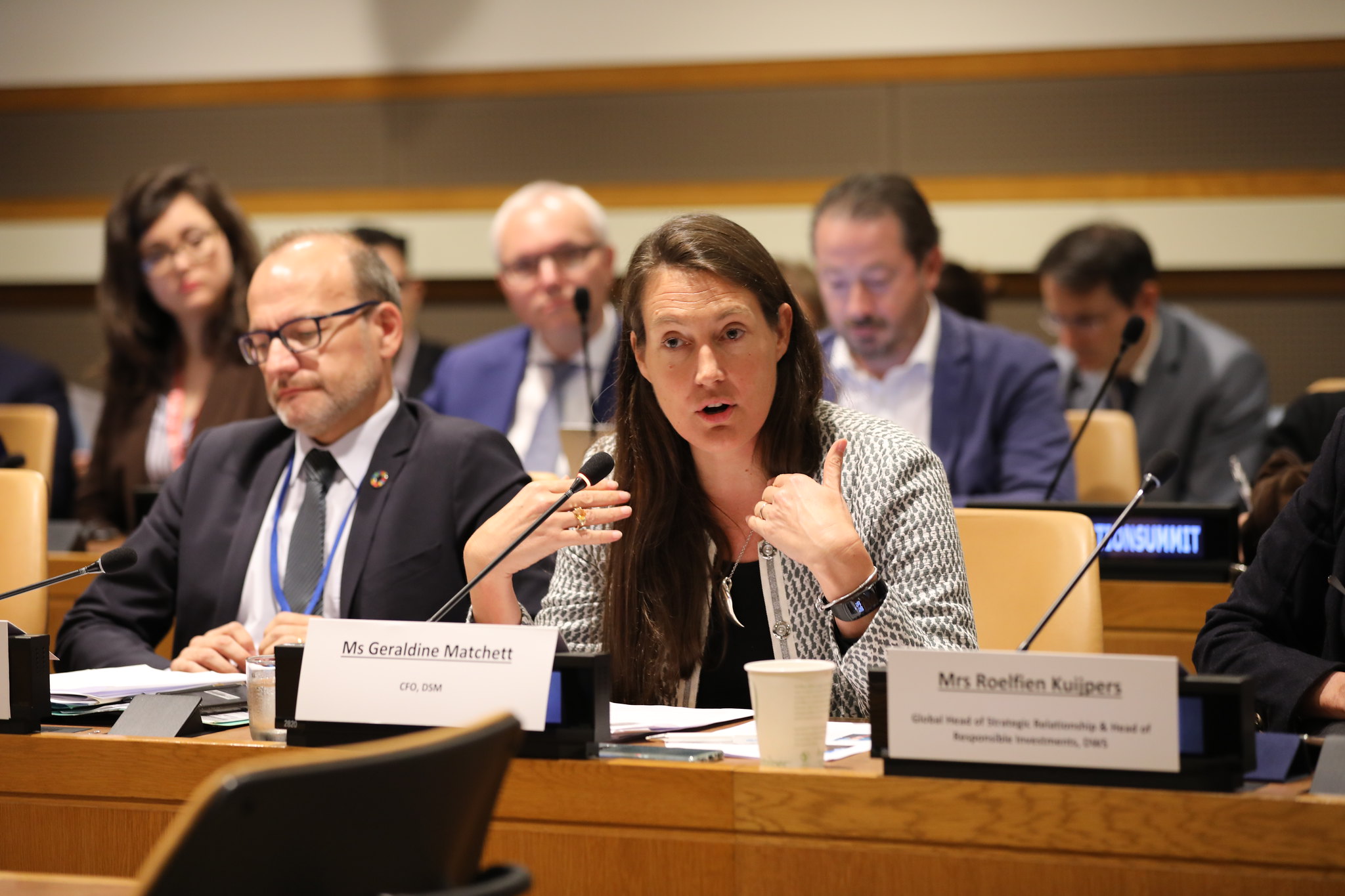PARIS, November 30, 2015 – Six heads of state and government and the leaders of the World Bank Group and the International Monetary Fund today called on companies and countries to follow up on their ambitions for Paris by putting a price on carbon to drive investment for a cleaner, greener future.
In a remarkable show of unity on the first day of the climate talks in Paris, heads of state and government from a number of countries called on the world to start pricing carbon pollution as a key to combatting climate change and transforming the global economy. The heads of state and government included the leaders of France, Chile, Ethiopia, Germany, Mexico and Canada.
“The goal is to gradually set a sufficiently high carbon price around the world to encourage better behaviour,” said H.E. President François Hollande of France. “In France, the Energy Transition Act has already made provision for a substantial increase in the price of carbon, to €22 per metric tonne next year and a projected €100 by 2030. In Europe, we will also improve our carbon market while ensuring that the most compliant countries remain competitive. Very quickly, a company consuming less CO2 should gain a decisive competitive advantage.”
The call by heads of state and government was echoed by ministers and CEOs from around the world at another event today in Paris to officially launch the Carbon Pricing Leadership Coalition (CPLC). The Coalition brings together key governments such as Mexico, Germany, France, Chile and California, along with nearly 90 global businesses and NGOs.
Partners in the Coalition have adopted an agreed course of action that advances carbon pricing by collecting and sharing the best evidence of successful carbon pricing policy, mobilizing business support for more ambitious action, and convening leadership dialogues around the world with the goal of tackling the political challenges that prevent greater use of carbon pricing.
“We are seeing increasing momentum from heads of state and other global leaders to put a price on carbon pollution, but more action is needed to cut harmful polluting emissions,” said World Bank Group President Jim Yong Kim. “These statements of support from leaders today are critically important, as is the work of Carbon Pricing Leadership Coalition. We must ensure that this momentum for carbon pricing translates into impact on the ground.”
"A successful outcome to the Paris climate talks will send a powerful message that nations can work together for the good of the planet,” said IMF Managing Director Christine Lagarde. The right carbon price should be at the center of this effort. Indeed, given the slump in energy prices, there has never been a better time to transition to smart, credible and effective carbon pricing. Policy makers need to price it right, tax it smart, and do it now."
Ahead of the Paris talks more than 90 developed and developing countries, including the European Union, have indicated plans to use international, regional, or domestic carbon pricing schemes for mitigation action.
Pricing carbon can deliver multiple benefits including reducing health and environmental impacts, like premature deaths from exposure to outdoor air pollution. It provides governments with the financing needed to support sustainable development as well as spurring greater investments in low carbon growth. Through carbon pricing, countries can provide an incentive for businesses and investors to reduce their exposure to carbon, while accelerating investments in clean energy, clean transport and clean technologies.
About 40 nations and 23 cities, states and regions have implemented or are putting a price on carbon with programs and mechanisms covering about 12 percent of global greenhouse gas emissions. The coverage is expected to grow given China’s recent announcement to bring in a national emissions trading system in 2017.
A recent World Bank report, State and Trends of Carbon Pricing 2015, shows the number of implemented or planned carbon pricing schemes around the world has almost doubled since 2012 and are now worth about $50 billion.






